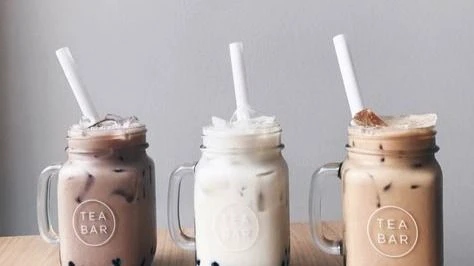Boba tea, a Taiwanese invention from the 1980s, has become a global sensation. Known for its unique combination of tea, milk, and chewy tapioca pearls, it’s a beverage that offers both refreshing flavors and interesting textures.
Origins of Boba Tea
Boba tea, also called bubble tea or pearl milk tea, traditionally blends a tea base-often black, green, or oolong-with milk or fruit flavors. The signature element is the tapioca pearls, small spheres made from tapioca starch, offering a chewy texture. Some variations also include coconut jellies, aloe vera jellies, or popping bubbles filled with fruit juice.
Exploring Flavours and Customisation
This versatile drink comes in a variety of flavours. Classic milk teas like taro and matcha cater to those who prefer creamy textures, while fruit-based teas like mango or lychee offer a refreshing, fruity experience. Customization options allow drinkers to adjust sweetness levels, choose different types of pearls, and even opt for dairy-free alternatives.
Health Considerations
While boba tea is a delightful treat, it’s important to be aware of its nutritional profile. Some versions, particularly those with sweetened syrups or condensed milk, can be high in sugar and calories. For a healthier choice, consider opting for unsweetened or lightly sweetened versions, and prefer tea bases over fruit syrups. Many cafes also offer sugar-free and dairy-free options to cater to different dietary needs.
Global gaze on Boba Tea
Boba tea has transcended its Taiwanese origins to become a global phenomenon. Its popularity has led to countless variations and innovations, with new flavours and toppings constantly emerging.
In various cities across the globe, Boba tea shops are known for offering a refreshing and customisable beverage option for people of all ages. Boba tea is more than just a beverage; it’s a cultural phenomenon celebrated for its varying flavours, textures and customisable alternatives.


